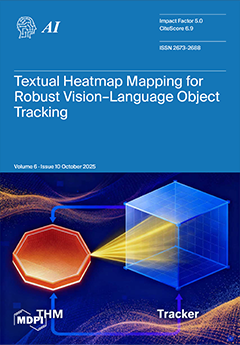Diabetic Macular Edema (DME) poses a significant threat to vision, often leading to permanent blindness if not detected and addressed swiftly. Existing manual diagnostic methods are arduous and inconsistent, highlighting the pressing necessity for automated, accurate, and personalized solutions. This study presents a
[...] Read more.
Diabetic Macular Edema (DME) poses a significant threat to vision, often leading to permanent blindness if not detected and addressed swiftly. Existing manual diagnostic methods are arduous and inconsistent, highlighting the pressing necessity for automated, accurate, and personalized solutions. This study presents a novel methodology for diagnosing DME and categorizing choroidal neovascularization (CNV), drusen, and normal conditions from fundus images through the application of transfer learning models and bio-inspired optimization methodologies. The methodology utilizes advanced transfer learning architectures, including VGG16, VGG19, ResNet50, EfficientNetB7, EfficientNetV2-S, InceptionV3, and InceptionResNetV2, for analyzing both binary and multi-class Optical Coherence Tomography (OCT) datasets. We combined the OCT datasets OCT2017 and OCTC8 to create a new dataset for our study. The parameters, including learning rate, batch size, and dropout layer of the fully connected network, are further adjusted using the bio-inspired Particle Swarm Optimization (PSO) method, in conjunction with thorough preprocessing. Explainable AI approaches, especially Shapley additive explanations (SHAP), provide transparent insights into the model’s decision-making processes. Experimental findings demonstrate that our bio-inspired optimized transfer learning Inception V3 significantly surpasses conventional deep learning techniques for DME classification, as evidenced by enhanced metrics including the accuracy, precision, recall, F1-score, misclassification rate, Matthew’s correlation coefficient, intersection over union, and kappa coefficient for both binary and multi-class scenarios. The accuracy achieved is approximately 98% in binary classification and roughly 90% in multi-class classification with the Inception V3 model. The integration of contemporary transfer learning architectures with nature-inspired PSO enhances diagnostic precision to approximately 95% in multi-class classification, while also improving interpretability and reliability, which are crucial for clinical implementation. This research promotes the advancement of more precise, personalized, and timely diagnostic and therapeutic strategies for Diabetic Macular Edema, aiming to avert vision loss and improve patient outcomes.
Full article





